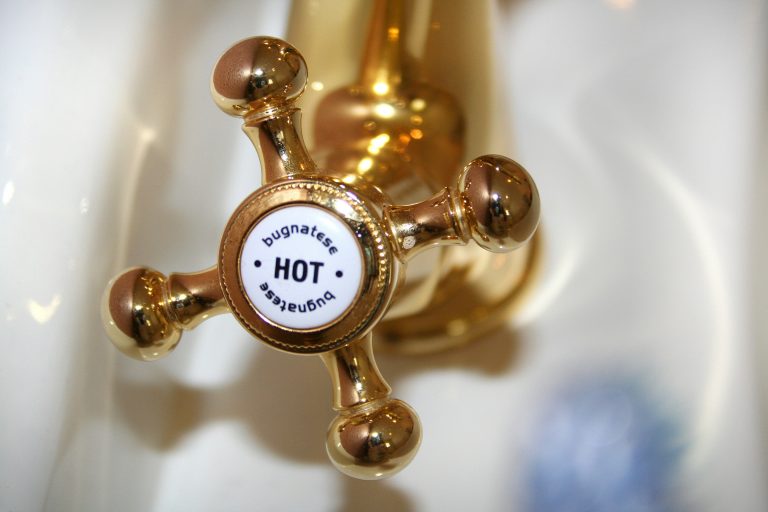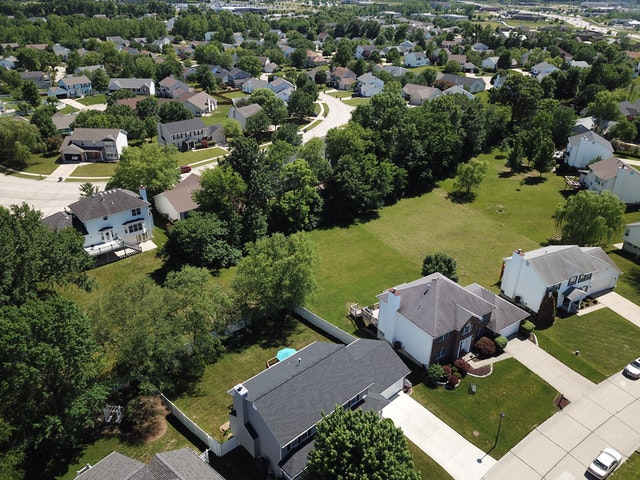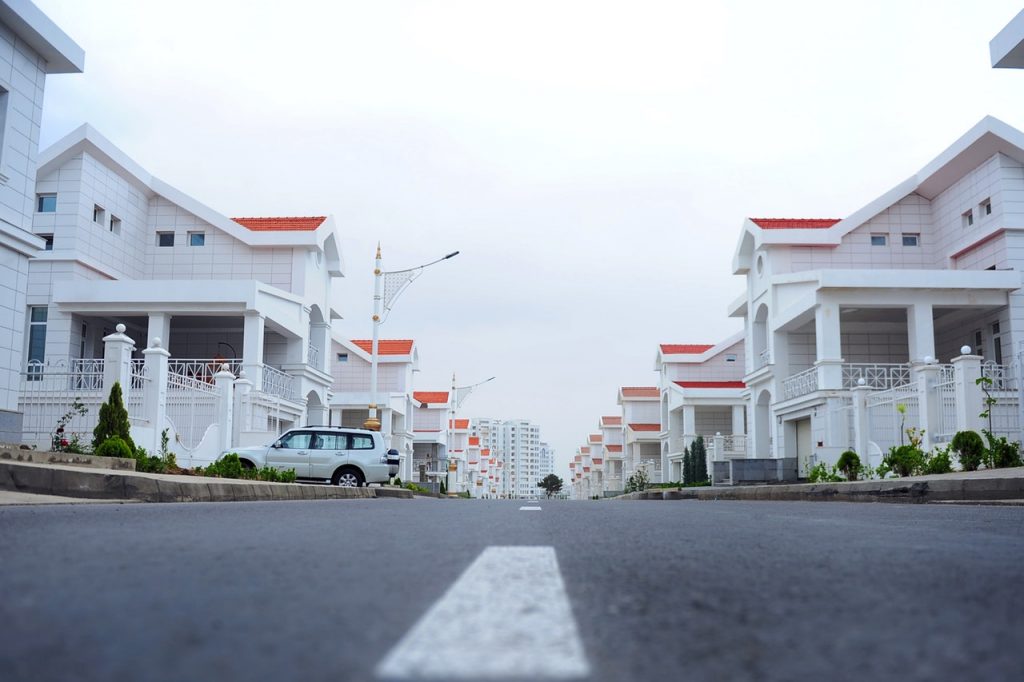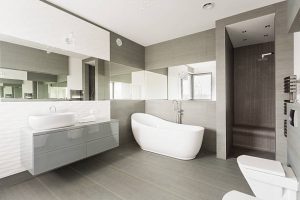While it may seem easy to fix a blocked drain at home with a little bit of DIY treatment, often the problem is worse, and you will need to call a plumber to come and sort the problem out. Plumbing problems can happen at all different times and not all plumbers work 24/7.
even a small leak can turn into something bigger within minutes and cause water damage to your home. Neglecting your plumbing is a problem that can lead to broken pipes. Water damage and bigger blockages. Don’t lose out in the long run and wait to call a plumber call one as soon as the problem is noticed.
Here are a few reasons why you should have a plumber on speed dial:
Running water
Water problems are the biggest call-outs that plumbers get. You can get a leaky pipe anywhere in the home or office. You may think it’s only a small leak and it can easily be fixed however the drip can turn into a major leak fast which means you will need to turn off the whole water supply to stop it. Leaks that cannot be fixed easily will need to be handled by a qualified plumber.
If you see water everywhere then that is a big problem but then so is having no water. Sometimes you can have a leak and have water pouring out everywhere but then you can have no water too. You could have a variety of problems with your plumbing if you turn the taps on and get no hot or cold water. If this happens call a licensed plumber who will come to your home and find the problem and work out a plan to resolve it. Sometimes this might also turn out to be a big problem when the infrastructure is affected. In which case, you are advised to contact your local civil engineering body.
Frozen pipes
A homeowner’s worse nightmare is frozen pipes. If the water that is in your pipes freezes and then it expands it can crack the pipes if it is left too long which causes permanent damage. Do not procrastinate. Instead, contact a plumbing engineer straight away who will arrive at your home and carry out an inspection to see whether you do have frozen pipes or another problem within the pipework.
If no damage has occurred, then the plumber can get the pipes unfrozen for you and a solution put in place to avoid the problem in the future.
Gas leaks
Gas leaks are a serious problem that needs to be handled by a professional. Just one single small crack can cause a deadly explosion. You can have damaged pipelines for different reasons such as earthquakes, floods and construction. If you smell gas and no one has left anything on such as a stove, then you should get out of the home as soon as possible and call the right people. A technician will come and turn the gas off while they try and find the cause of the gas smell.
Most plumbing problems can be fixed quite easily with just a few tools. If you put drain cleaner down to fix the blockage but it doesn’t then you will need to contact a professional to deal with it. If you have lived in your home for years and years or even just recently built a home plumbing problems can occur at any time so ensure you have a 24/7 plumbers contact information on hand
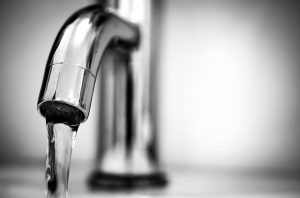
Another reason to hire a plumber is that they are equipped with professional equipments such as the drain camera. Below are some of the more common types of drain camera that is popular in the industry.
Vivax vCam-6
This drain camera from Vivax meglotech gives high definition resolution video feed with a daylight viewable screen measuring 9.7 inches with increased lighting. This gives you flexibility to be able to cover different rangers of inspections that are related to sewer inspections even in harsh conditions. This camera is built with increased profitability and productivity with accuracy, efficiency and reliability. It can be used for everyday use and is suited for contractors, maintenance supervisors, plumbers and inspectors. It is simple to work and is even easy to use for those that are new to the trade.
It has many different features from on the go charging to the four-hour battery life with both AC plus DC charging cables, HD video inspection with audio comments, text description, one-touch recording, levelling camera head and 1 TB hard drive. This drain camera has been designed with everything you need in mind and there is no way you will be disappointed.
Troglotech T804
This drain camera is designed to be fully portable, durable and reliable packed with many different features. If you need to carry a video recorder this drain camera comes with a high-resolution digital video recorder that comes all in the one display unit. It has a recording time of 8 hours with both touch playback and recording. A video recorder is a much-needed tool that can record directly to the CF card and has the option to transfer onto a DVD all onsite. The T804 is a self-levelling drain camera that is important when it comes to finding what is up and down the pipes, it can identify blockages and cracks. The meterage is shown on the screen so you can identify exactly where you are located in the pipes and where you can find the damage you can then make notes on the products typewriter. Yes, that is right it features a typewriter that allows you to write up to 9 pages of text and view in three different display modes. The text is autosaved so if you lose power the text is saved. This tool can also be used for insurances purposes also if you need to provide proof and video feeds. This is a tool that is packed with many different features that help to make your job that little bit easier. It might not be tough enough to handle surveillance inside a drainage infrastructure construction, but it will do the job for smaller tasks.
CCTV drain inspection camera
This is a drain inspector that is a good option for those on a budget. It does a good job and the camera is supplied with a new industrial class case. It has its own storage box that has an LCD screen, monitor and records the video footage all in real-time. Like the rest it even has the record video function then you can view it on a computer. There is plenty of choices here with options for a 40m drain camera or a 20m one also. This one-point camera is set at a good price and has a full inspection system that can cater for all the different types of drain inspections and needed.
When you are buying a drain camera you want to make sure that you buy quality and durability and a system that won’t let you down. The products above are different all in their own ways but still offer quality and reliability which is what you want when you are providing a professional service.





